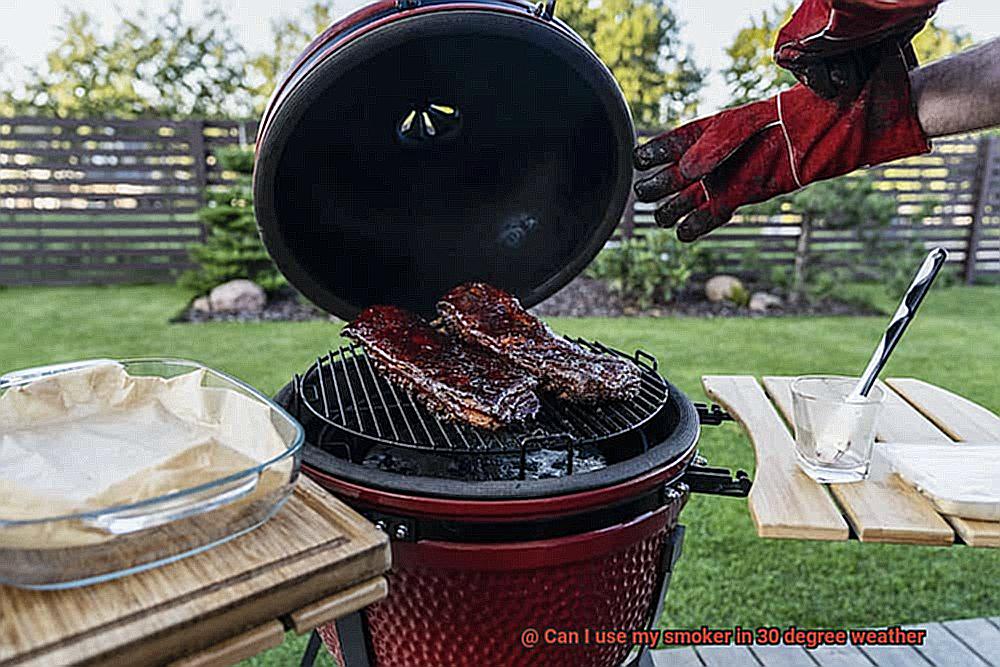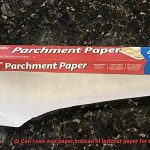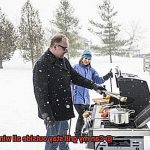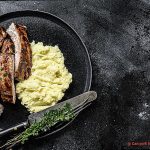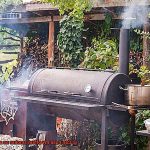Winter is here, and you’re itching to fire up your smoker for some mouth-watering barbeque. But as you step outside and feel the frigid air, you start to wonder if smoking meat in 30-degree weather is even possible.
Smoking meat in colder temperatures can be a challenge, but it’s not impossible. The chilly air affects your smoker’s performance, causing it to use more fuel, take longer to heat up, and require more attention. However, with a little preparation and patience, you can still achieve that delicious smoky flavor.
To start off on the right foot, preheat your smoker so that it’s warm before adding any meat. If your smoker uses charcoal, try using the minion method to extend cooking time and retain heat. Wrapping your meat in aluminum foil during cooking helps maintain moisture and heat levels. And remember to keep a close eye on the temperature of your smoker while avoiding opening the lid too often.
In this post, we’ll answer some common questions about smoking food in 30-degree weather. So sit back, relax, and let us guide you through everything you need to know before firing up your smoker this winter season.
Contents
Is it Possible to Use a Smoker in 30 Degree Weather?
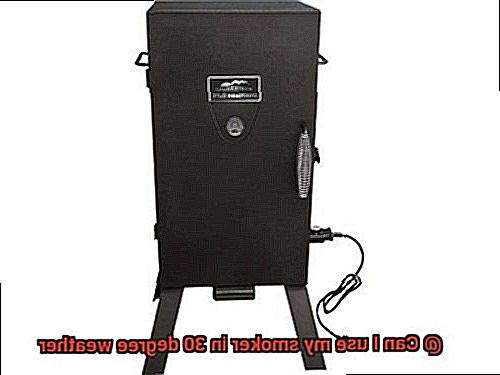
When it comes to smoking meat, there’s nothing quite like the tantalizing aroma and mouth-watering flavor that comes from the slow cooking process. But what about when the temperatures drop below freezing? Can you still use your smoker in 30-degree weather?
The answer is a resounding yes – but with a few caveats. Here are some factors to keep in mind before you fire up your smoker in cold weather:
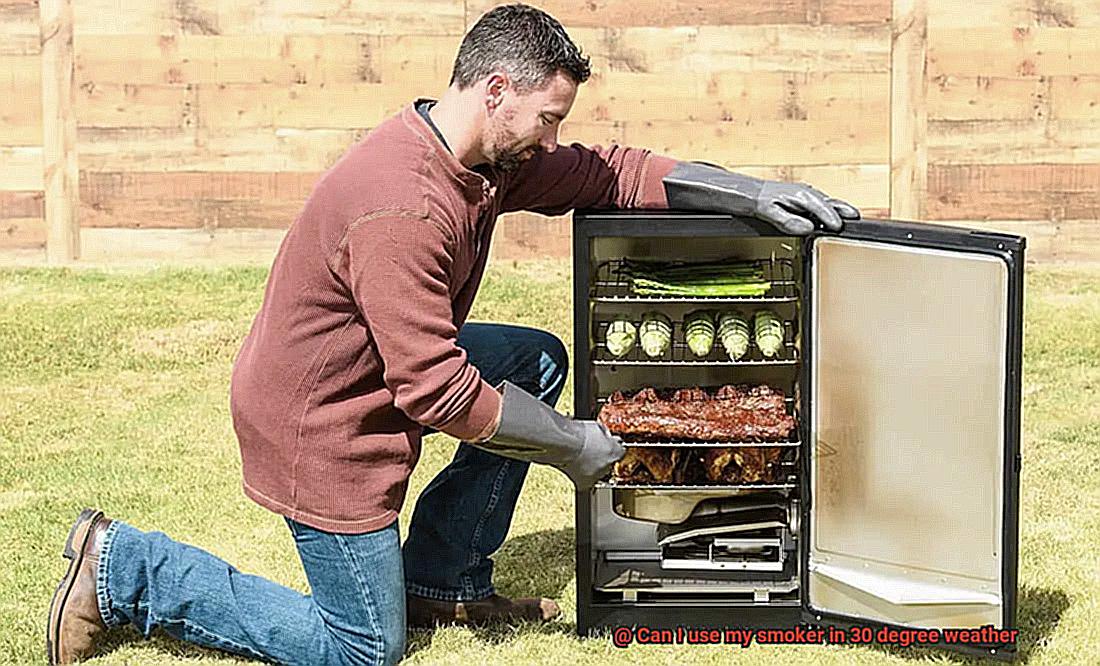
- Adjust your cooking times: One of the biggest impacts of cold weather on your smoker is increased cooking time. When it’s colder outside, your smoker will have to work harder to maintain its temperature, which can increase cooking times by up to 25%. Be prepared to adjust your recipes and cooking times accordingly.
- Consider your smoker type: Not all smokers are created equal when it comes to cold weather performance. Electric and propane smokers may struggle to keep up with the demands of colder temperatures, while charcoal or wood-burning smokers tend to produce more heat and may be better suited for the job.
- Take precautions: When using a smoker in cold weather, it’s important to take extra precautions to protect your equipment and ensure safety. Look for smokers that are designed for outdoor use in cold temperatures, and make sure your smoker is properly insulated and protected from wind and moisture. Monitor fuel levels more closely, and have extra fuel on hand in case you need to add more than expected.
- Protect your equipment: Finally, don’t forget about protecting your equipment from the elements. Snow and ice can cause damage and rust over time, so cover your smoker when not in use and clean it regularly.
What to Consider Before Using a Smoker in Cold Weather
Smoking meat is an art, and mastering it in cold weather requires a little extra attention. Here are five key things to consider before using your smoker in the winter:
Know Your Smoker’s Limits
Not all smokers are created equal, and some simply aren’t designed to handle cold temperatures. Before you begin, double-check your smoker’s specifications to ensure it can function properly in lower temperatures. If you’re unsure, consult with a professional.
Adjust Your Cooking Time
In cold weather, your smoker may take longer to reach and maintain the desired temperature. This means that your meat will take longer to cook fully. Plan accordingly and adjust your cooking time to avoid undercooked or unevenly cooked meat.
Fuel Up
When it’s cold outside, charcoal and wood pellets may burn through more quickly than usual. To maintain a consistent temperature, be prepared to add more fuel throughout the cooking process. Keep extra fuel on hand so you don’t have to interrupt the cooking process.
Protect Your Equipment
Winter weather can be harsh on outdoor equipment like smokers. Snow, ice, and moisture can damage your smoker over time, so make sure you cover it when not in use and clean it regularly. Choose a sheltered location or invest in a smoker cover to protect your equipment from the elements.
Dress Appropriately
Smoking meat in the winter means spending several hours outside tending to your smoker. Don’t forget to dress warmly. Wear layers so you can adjust as needed, and invest in warm gloves, a hat, and sturdy boots so you can comfortably tend to your smoker for hours on end.
Checking the Manufacturer’s Instructions
Before you get started, it’s crucial to check the manufacturer’s instructions. Don’t brush it off as a tedious task because it could make the difference between a successful smoking session and a disaster.
Here are some compelling reasons why checking the manufacturer’s instructions is the smart thing to do:
-
- Temperature Range: Every smoker has its limits, and the manual will provide you with valuable information on what temperature range your smoker can handle. Some smokers are designed to operate in colder temperatures, while others may not be able to handle such extreme conditions. It’s essential to know your smoker’s limits to avoid any potential damage.
- Modifications: Smoking meat in cold weather may require additional insulation or modifications for your smoker to operate efficiently. The manufacturer’s instructions will provide guidance on how to properly operate and maintain your smoker in these colder temperatures. By following these guidelines, you’ll ensure that your smoker is working at its best.
- Safety Risk: Ignoring the manufacturer’s instructions could lead to serious consequences, including damaging your smoker or posing a safety risk. It’s always better to err on the side of caution and follow the guidelines provided by the manufacturer.
Adjusting Cooking Time for Cold Weather Conditions
Firstly, preheating your smoker is critical to achieving consistent temperatures. Allow the smoker to preheat for at least 30 minutes before adding your meat. This will help the smoker reach and maintain a consistent temperature, which is especially important in colder temperatures. Inconsistent temperature can result in undercooked or overcooked meat.
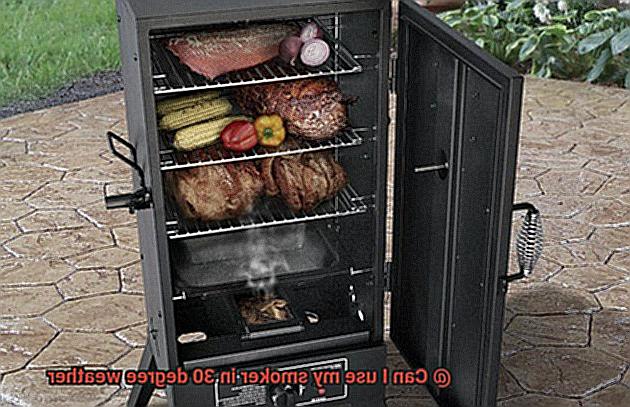
Secondly, keep a close eye on your smoker’s internal temperature throughout the cooking process. Regular monitoring will help ensure the temperature remains consistent and your meat cooks evenly. You can use a digital thermometer for accuracy.
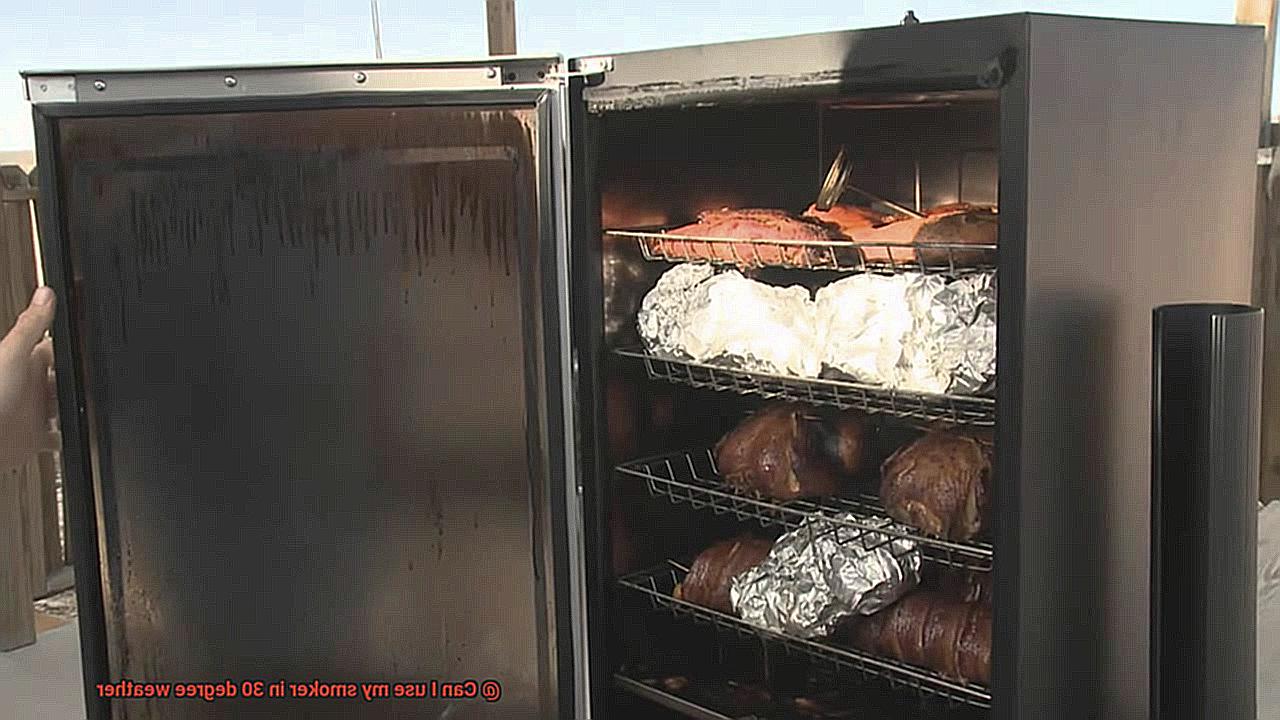
Now, let’s talk about adjusting cooking time. Plan to add extra time for cooking, usually around 15-30 minutes per pound of meat depending on how cold it is outside. This additional time will ensure thorough cooking and that your meat reaches a safe internal temperature.
Patience is key when smoking meat, so don’t worry if it takes longer than expected. Adjusting cooking times is necessary for smoking meats in cold weather conditions.
Lastly, I highly recommend using a digital meat thermometer to monitor the internal temperature of your meat. This will give you accurate readings and prevent overcooking or undercooking.
Choosing the Right Fuel for Cold Temperatures
Choosing the right fuel for your smoker is essential in achieving consistent heat and flavor. As an expert in this field, I’ve researched and tested different fuel sources to give you the inside scoop on what works best for smoking in cold weather.
Let’s start with wood pellets. A favorite amongst many smokers for their consistent temperature and variety of delicious flavors, they may struggle to produce enough heat in colder temperatures. If you’re still set on using wood pellets, consider using a combination of pellets and charcoal to boost the heat output.
Charcoal is another popular fuel source that outperforms wood pellets in colder temperatures. With its ability to maintain high heat output for longer periods of time, it’s perfect for long smoking sessions. The added bonus of using wood chips with charcoal can elevate the flavor of your meats to new heights.
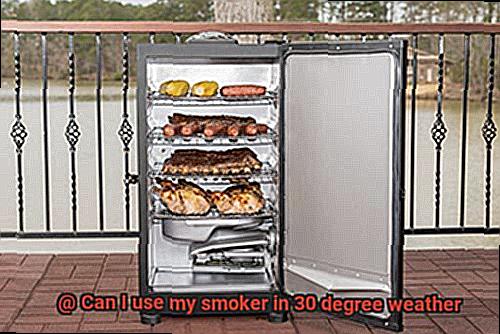
For those seeking ease of use and consistency, propane is a great option for smoking in cold weather. Propane smokers are known for their ability to maintain a constant temperature, even in frigid temperatures. However, some argue that propane smokers don’t produce the same level of flavor as other fuel sources.
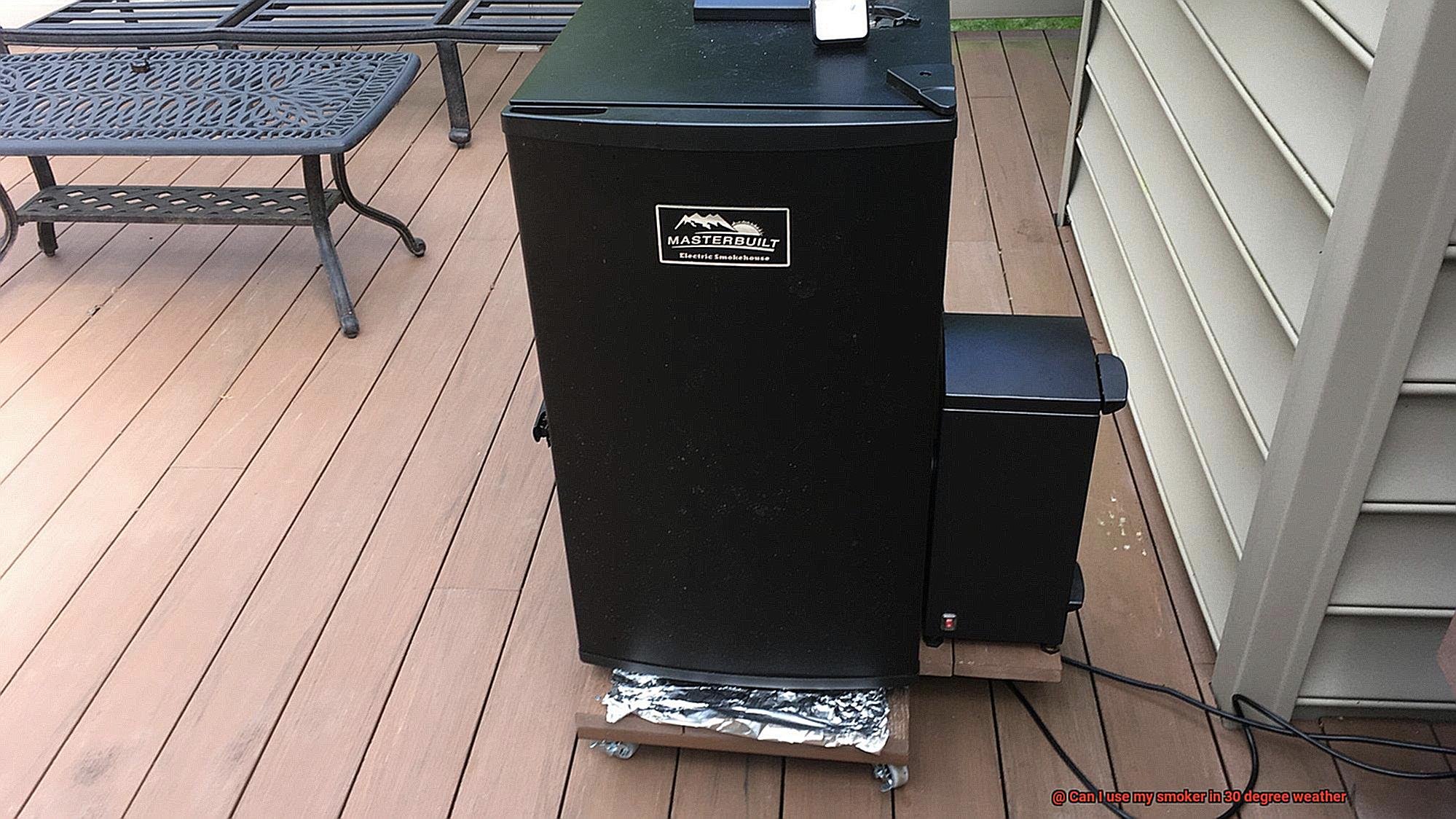
In summary, choosing the perfect fuel source for smoking in cold weather comes down to personal preference and specific conditions. Experiment with different fuels to find what works best for you and your smoker. Don’t forget to keep your smoker sheltered from harsh winds and other elements that can affect its ability to maintain heat.
Protecting Your Smoker from the Elements
If so, it’s important to protect your smoker from the harsh elements of cold weather. Smokers are typically designed to withstand high temperatures, but they can be vulnerable to cold temperatures, moisture, and wind. To ensure your smoker continues to function correctly and avoid any damage, take these steps to protect it from the elements.
Investing in a high-quality cover designed for your smoker is essential. It will shield it from rain, snow, and any other precipitation that may occur while also protecting it from destructive winds. Your smoker will thank you for this investment in the long run.
Another great tip is to consider placing your smoker in a sheltered area protected from the elements. A covered porch or garage can be ideal locations for smoking in cold weather. If you don’t have access to a sheltered area, consider building a DIY windbreak using materials like plywood or cinder blocks. This solution can help protect your smoker from any gusty winds that may occur.
Keeping your smoker clean and dry is vital during colder weather conditions. Moisture can cause rust and other damage to the smoker’s components, so be sure to wipe it down with a dry cloth after each use and avoid leaving it out in the rain or snow for extended periods of time.
Finally, cooking times and temperatures can be affected by cold weather. If you’re planning on smoking in colder weather conditions, make sure to give yourself plenty of time and have a backup plan in case things take longer than expected.
CuVIwLv30tI” >
Conclusion
In conclusion, don’t let chilly weather stop you from smoking your favorite meats. With proper preparation and patience, smoking meat in 30-degree weather is possible and can yield delicious results.
To ensure success, it’s essential to check your smoker’s limits and make any necessary modifications before firing it up in cold conditions. Adjusting cooking times is also crucial since colder temperatures can increase cooking times by up to 25%. Preheating your smoker for at least 30 minutes before adding meat helps maintain a consistent temperature.
When it comes to choosing the right fuel source for smoking in cold weather, charcoal tends to outperform wood pellets because it maintains high heat output for longer periods of time. Propane smokers are another option as they can maintain a constant temperature even in frigid temperatures.
Lastly, protecting your smoker from harsh winds and other elements that can affect its ability to maintain heat is vital. Investing in a high-quality cover designed for your smoker or placing it in a sheltered area protected from the elements can help protect it from rain, snow, and wind damage.
With these tips and tricks under your belt, you’re ready to enjoy mouth-watering barbeque all winter long.

